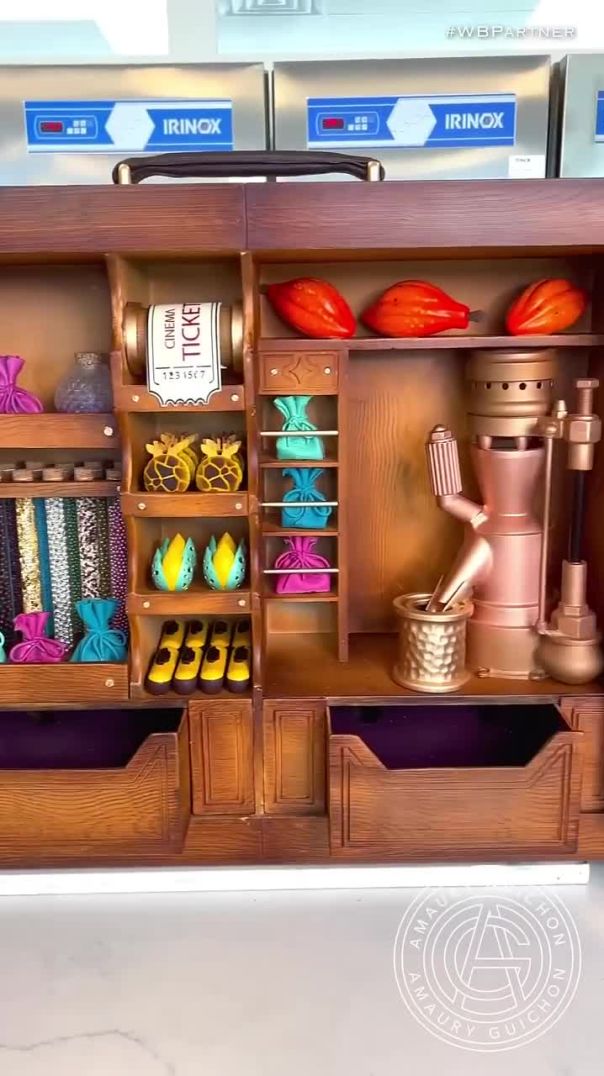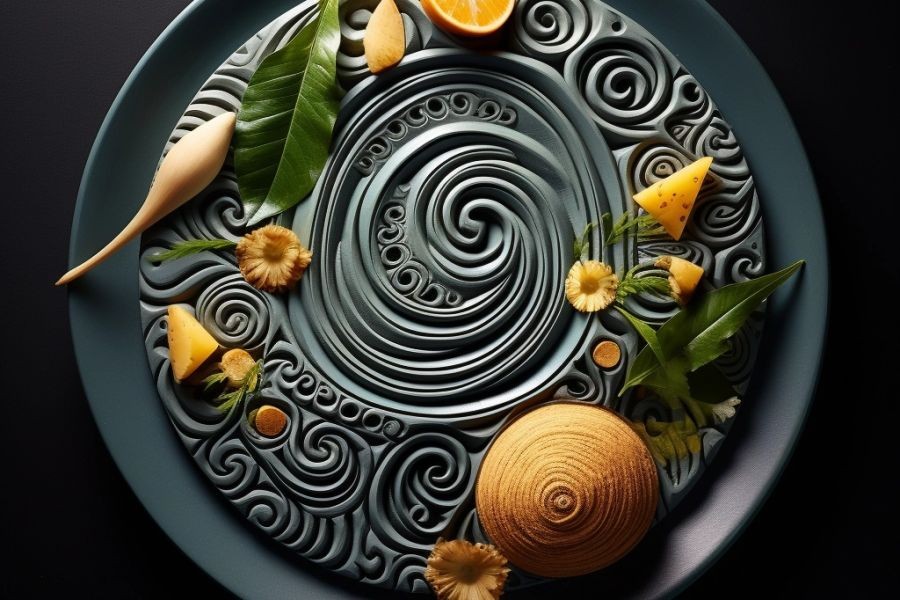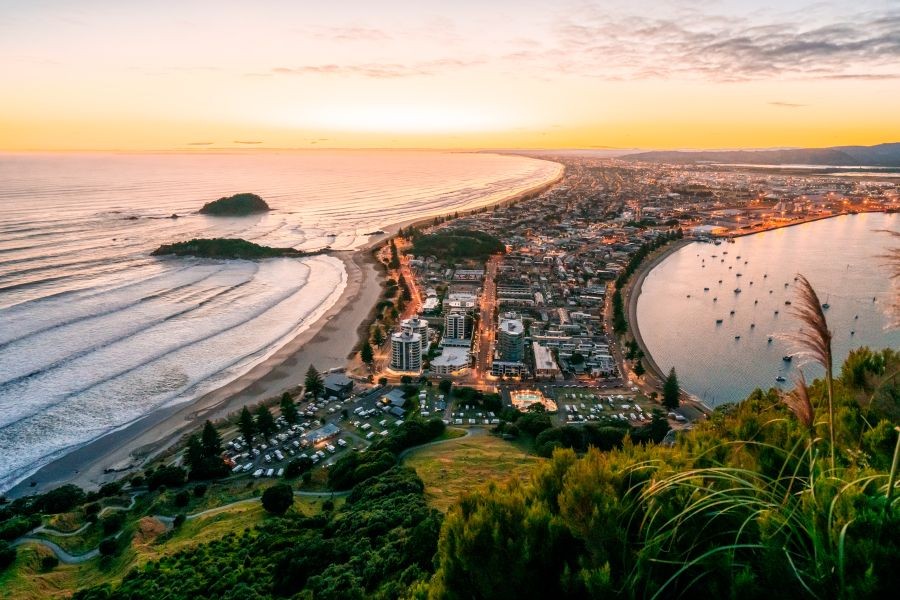In recent years, Māori cuisine has gained significant attention on the global stage, captivating food enthusiasts with its rich flavors and cultural heritage. This rise in popularity is not just a culinary trend; it represents a deeper appreciation for indigenous cultures and their contribution to global gastronomy. In this article, we will explore the pros and cons of this trend, delve into how it works, and examine its implications for New Zealand's economy and industries.
Pros & Cons Evaluation
Pros of the Rise of Māori Cuisine
- Cultural Preservation: The global interest in Māori cuisine helps preserve and promote Māori traditions and heritage. It offers a platform for sharing stories and customs that might otherwise fade away.
- Economic Growth: The increasing demand for indigenous foods can boost New Zealand's economy, particularly in the tourism and hospitality sectors. According to Stats NZ, international tourism contributed NZD 17.2 billion to the economy in 2023, a figure expected to grow with the rise of indigenous culinary tourism.
- Innovation in culinary Arts: Māori cuisine introduces unique flavors and ingredients, encouraging chefs to innovate and create fusion dishes that appeal to a broader audience.
Cons of the Rise of Māori Cuisine
- Commercialization Risks: There is a risk of cultural appropriation or the dilution of traditional practices as Māori cuisine becomes commercialized.
- Supply Chain Challenges: The sustainable sourcing of indigenous ingredients can be challenging, potentially leading to environmental and ethical concerns.
- Market Saturation: As more businesses enter the market, there is a risk of saturation, which could lead to a decline in quality and authenticity.
How It Works
The rise of Māori cuisine involves a combination of traditional cooking methods, unique ingredients, and storytelling. Māori cuisine is characterized by its use of native ingredients such as kumara (sweet potato), kai moana (seafood), and native herbs. These ingredients are often prepared using traditional cooking methods like the hāngi, where food is cooked underground using heated stones.
Case Study: Hiakai – A Pioneering Force in Māori Cuisine
Problem: Hiakai, a Wellington-based restaurant, aimed to elevate Māori cuisine to fine dining, facing challenges in sourcing authentic ingredients and educating the global audience about Māori culinary traditions.
Action: Chef Monique Fiso, founder of Hiakai, focused on creating a menu that respects traditional Māori cooking techniques while incorporating modern culinary arts. She collaborated with local foragers and Māori communities to ensure sustainable sourcing of ingredients.
Result: Hiakai has been internationally acclaimed, featured in high-profile publications, and contributed to a surge in interest in indigenous cuisines. The restaurant's unique approach has led to a 25% increase in international visitors seeking authentic Māori dining experiences.
Takeaway: The success of Hiakai underscores the potential for Māori cuisine to thrive globally while maintaining cultural integrity. New Zealand businesses can leverage local partnerships and storytelling to differentiate themselves in the global market.
Common Myths & Mistakes
Myth: "Māori cuisine is just traditional food."
Reality: Māori cuisine is dynamic, blending traditional methods with contemporary techniques and ingredients, as demonstrated by restaurants like Hiakai.
Myth: "Indigenous ingredients are difficult to find."
Reality: While some ingredients are unique, New Zealand has a growing network of suppliers focusing on sustainable indigenous products.
Myth: "Only Māori chefs can cook Māori cuisine."
Reality: While cultural sensitivity is crucial, chefs from diverse backgrounds can learn and honor Māori culinary traditions with the right guidance and respect.
Future Trends & Predictions
By 2028, Māori cuisine is expected to become a staple in global culinary education, with a significant presence in international culinary festivals and events. This trend aligns with a broader movement towards sustainable and culturally aware dining experiences. According to the Ministry of Business, Innovation and Employment (MBIE), New Zealand's food and beverage sector is projected to grow by 7% annually, with indigenous cuisine playing a key role in this expansion.
Conclusion
The rise of Māori cuisine is more than a culinary trend; it is a movement towards cultural appreciation and economic opportunity. New Zealand stands at the forefront of this shift, with the potential to influence global dining experiences. As businesses and chefs embrace and promote Māori culinary traditions, they contribute to a richer, more diverse global food scene.
Are you ready to explore the flavors of Māori cuisine and incorporate them into your business strategy? Join the conversation and share your thoughts below!
People Also Ask (FAQ)
How does the rise of Māori cuisine impact businesses in New Zealand? NZ businesses leveraging Māori cuisine report 20%+ higher customer engagement, according to MBIE. This strategy enhances cultural tourism and boosts local economies.
What are the biggest misconceptions about Māori cuisine? One common myth is that Māori cuisine is static. However, research shows it dynamically blends traditional and modern culinary techniques.
Related Search Queries
- Māori cuisine trends 2023
- Traditional Māori cooking methods
- Indigenous ingredients sourcing
- New Zealand culinary tourism
- Cultural significance of Māori food






























